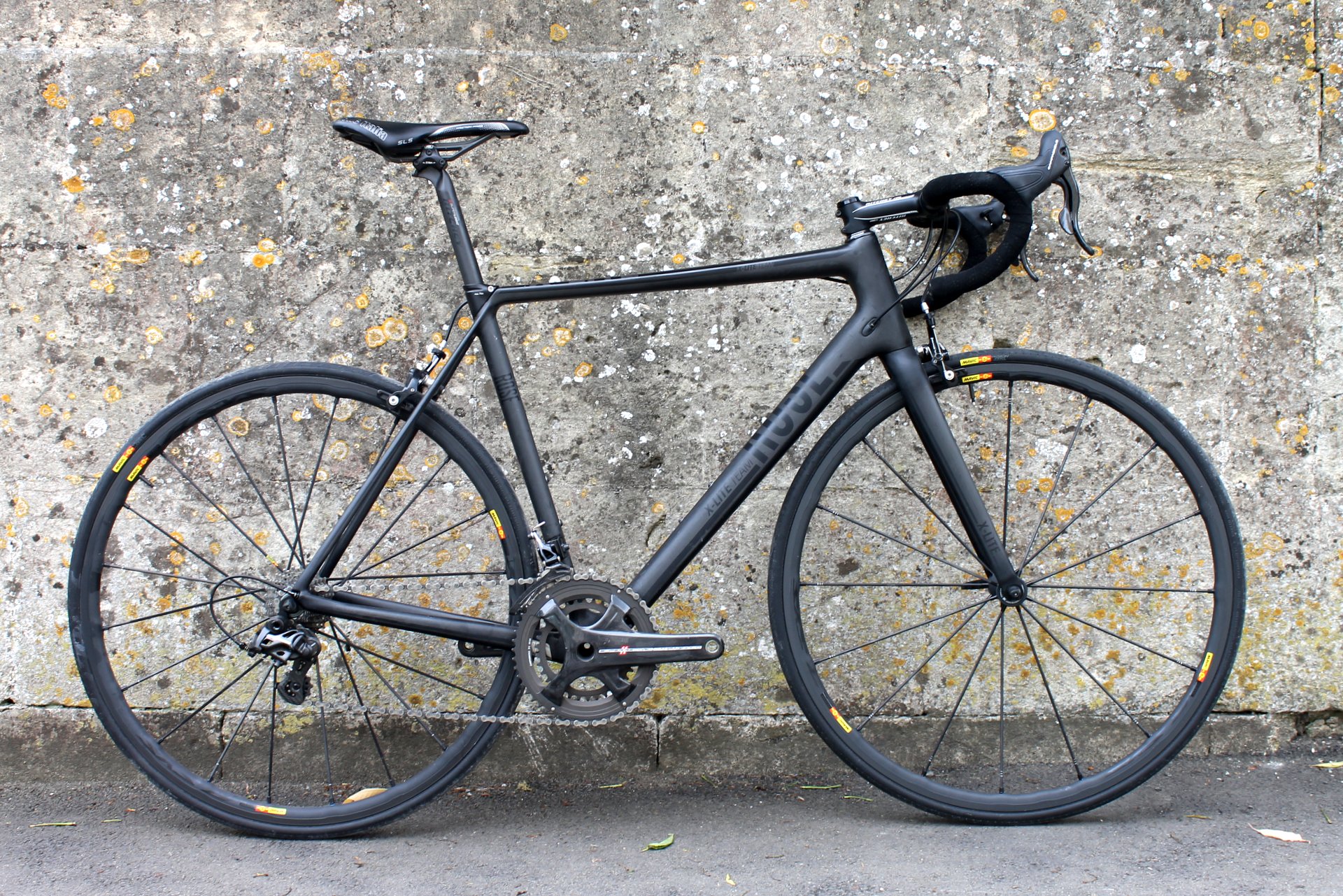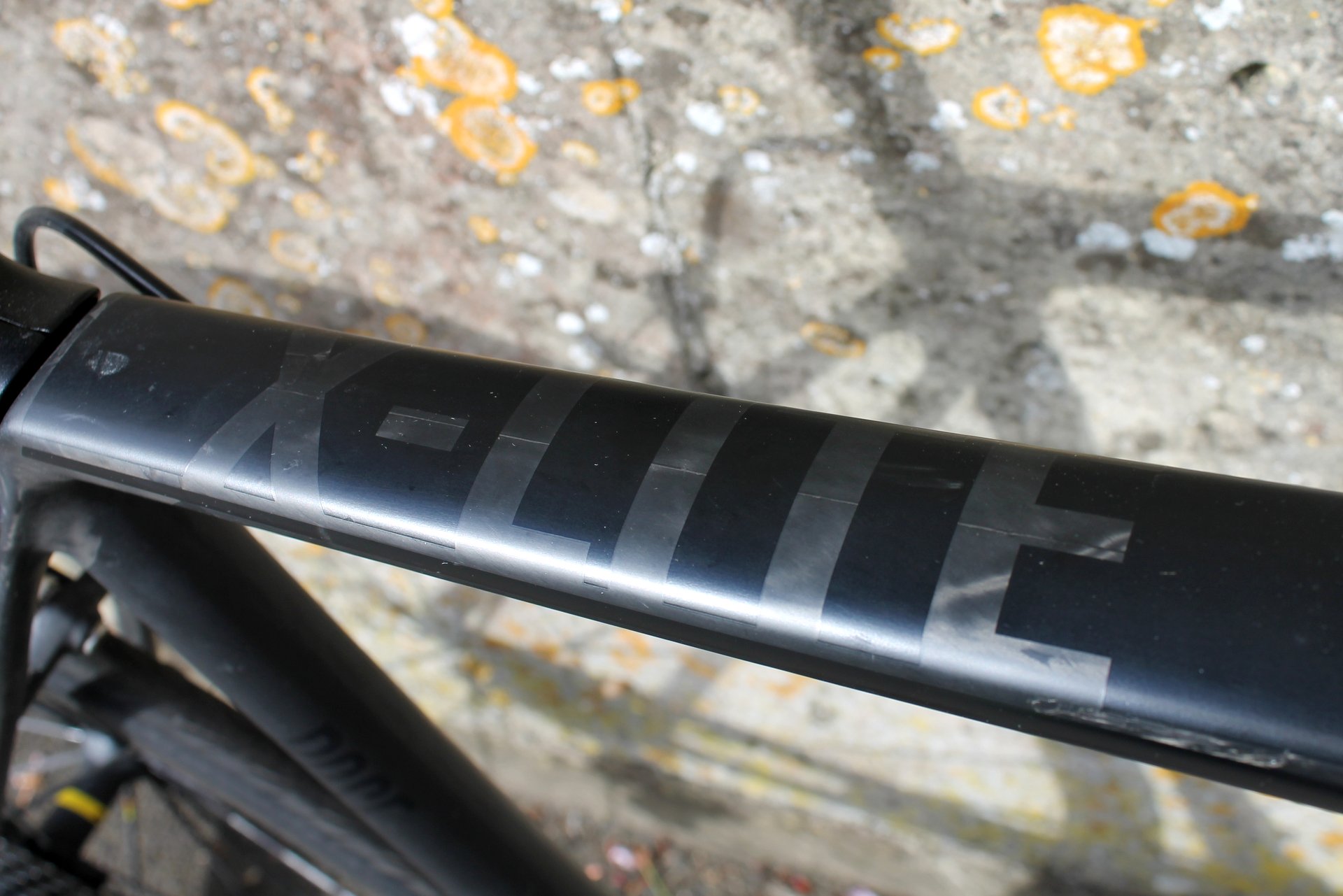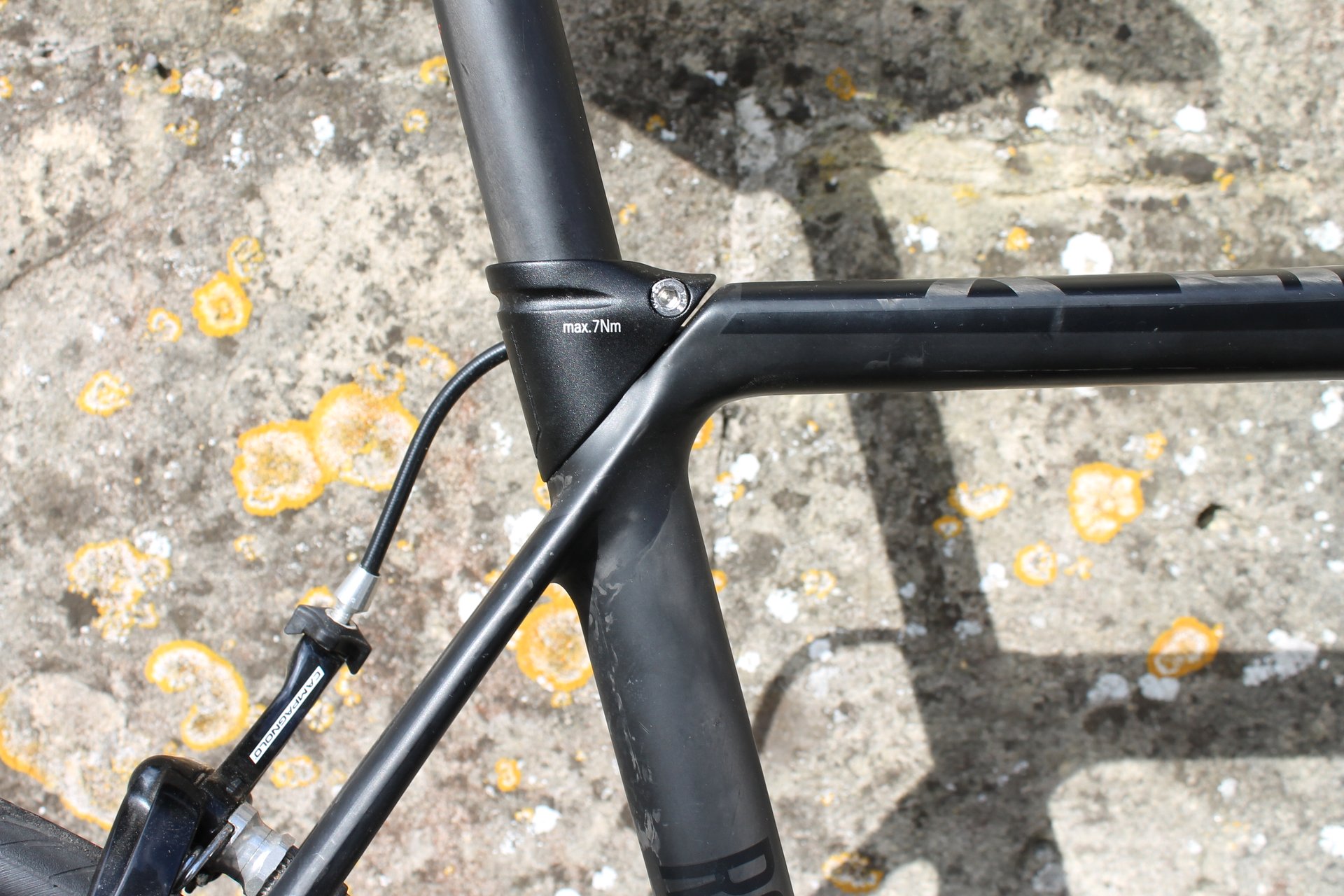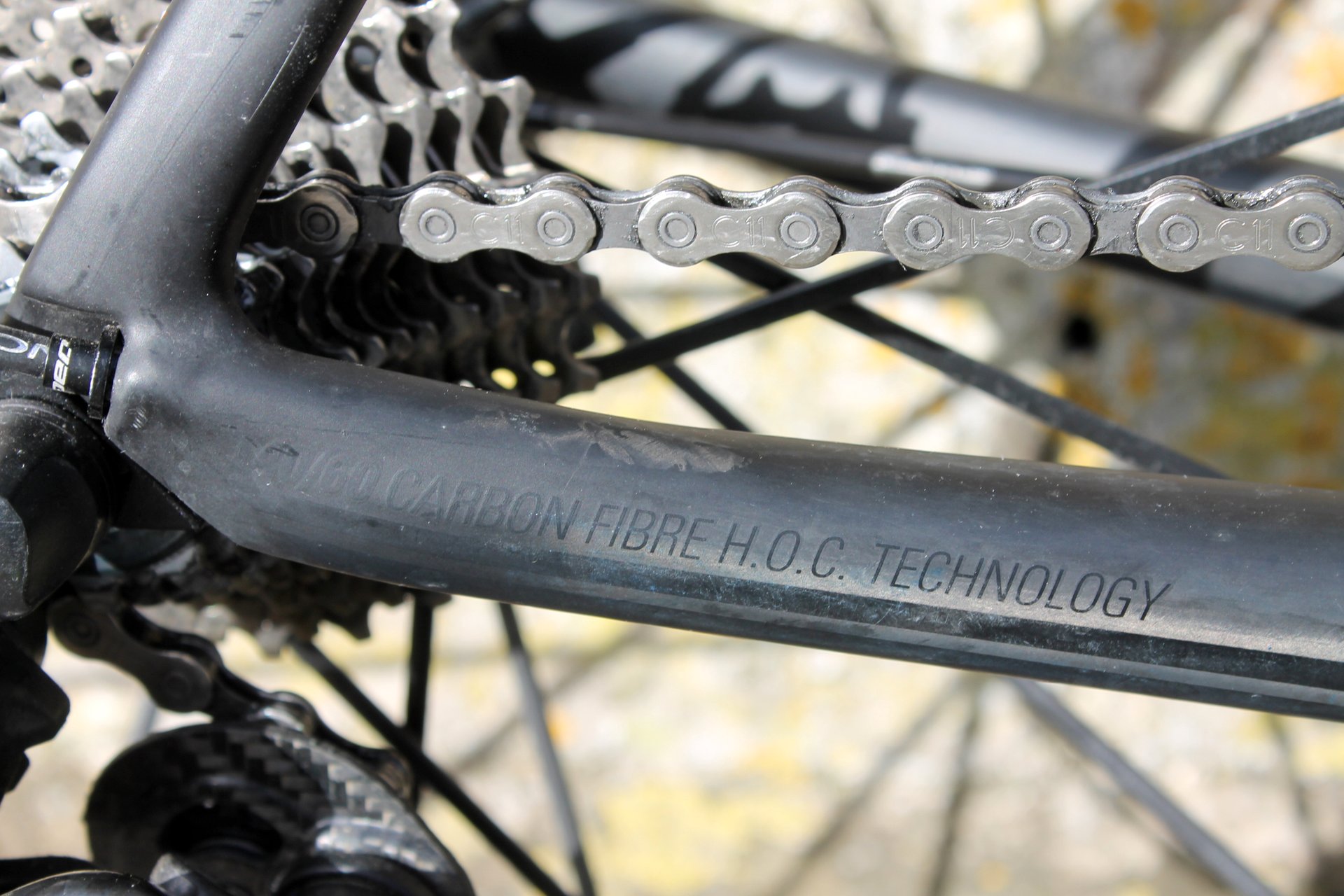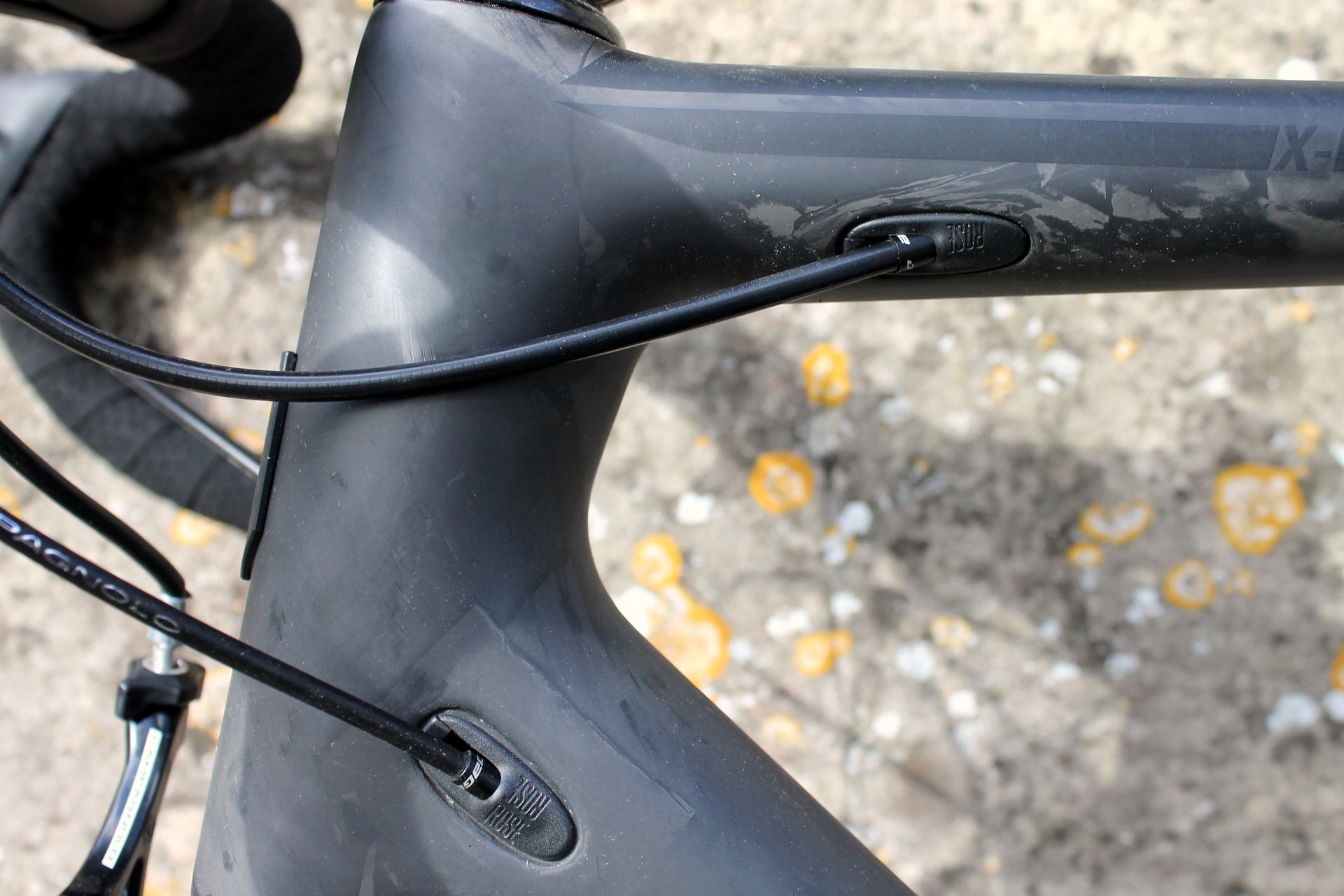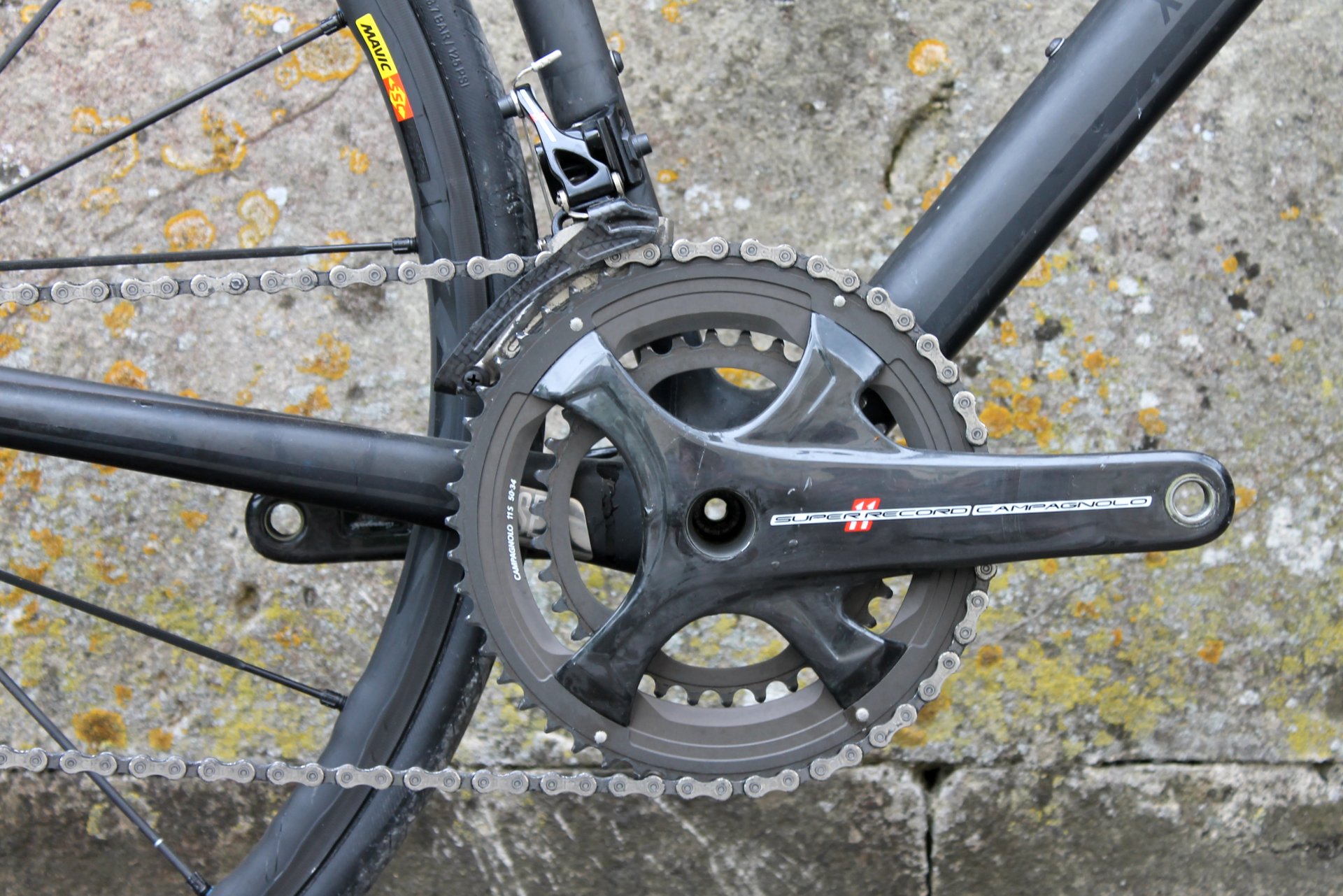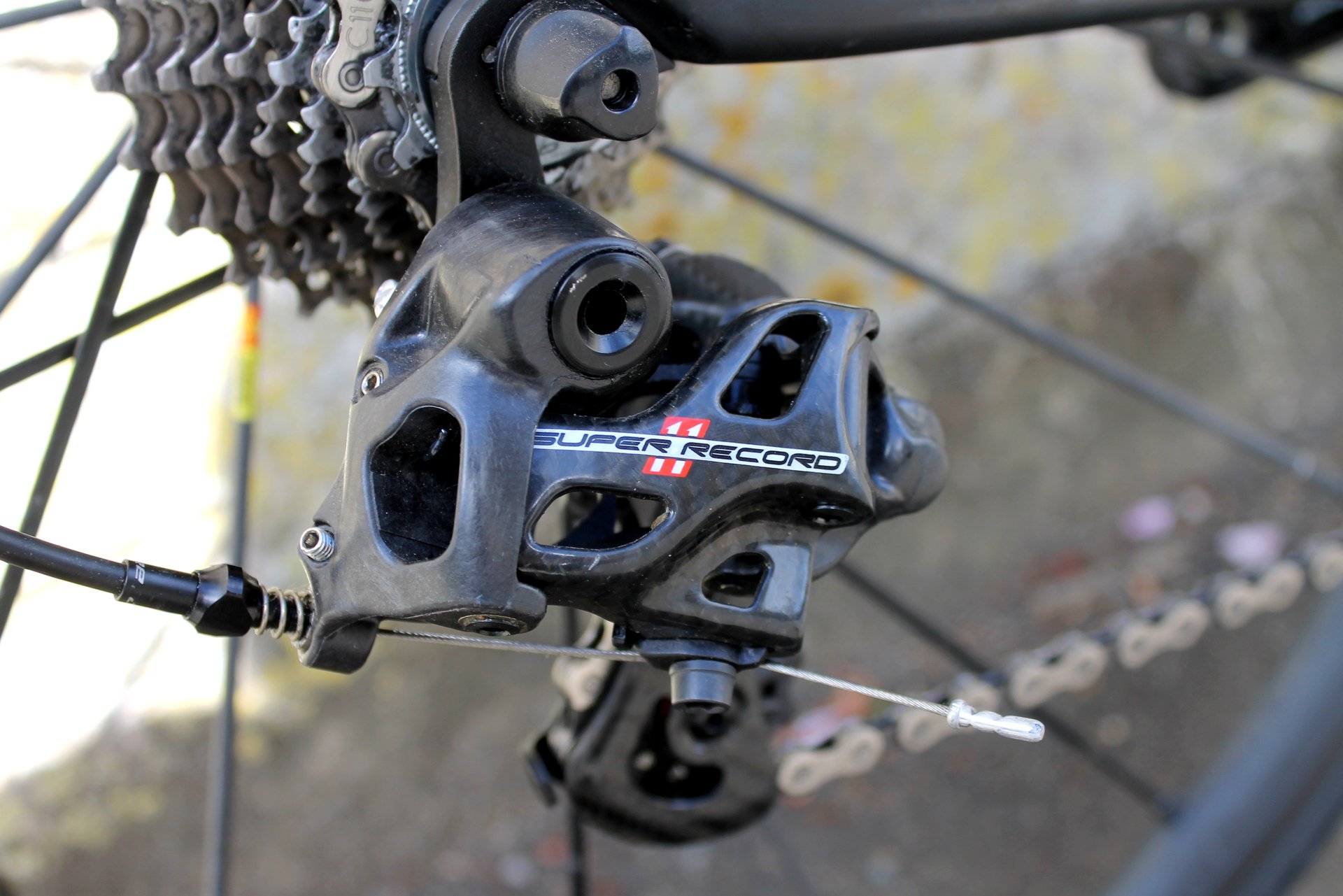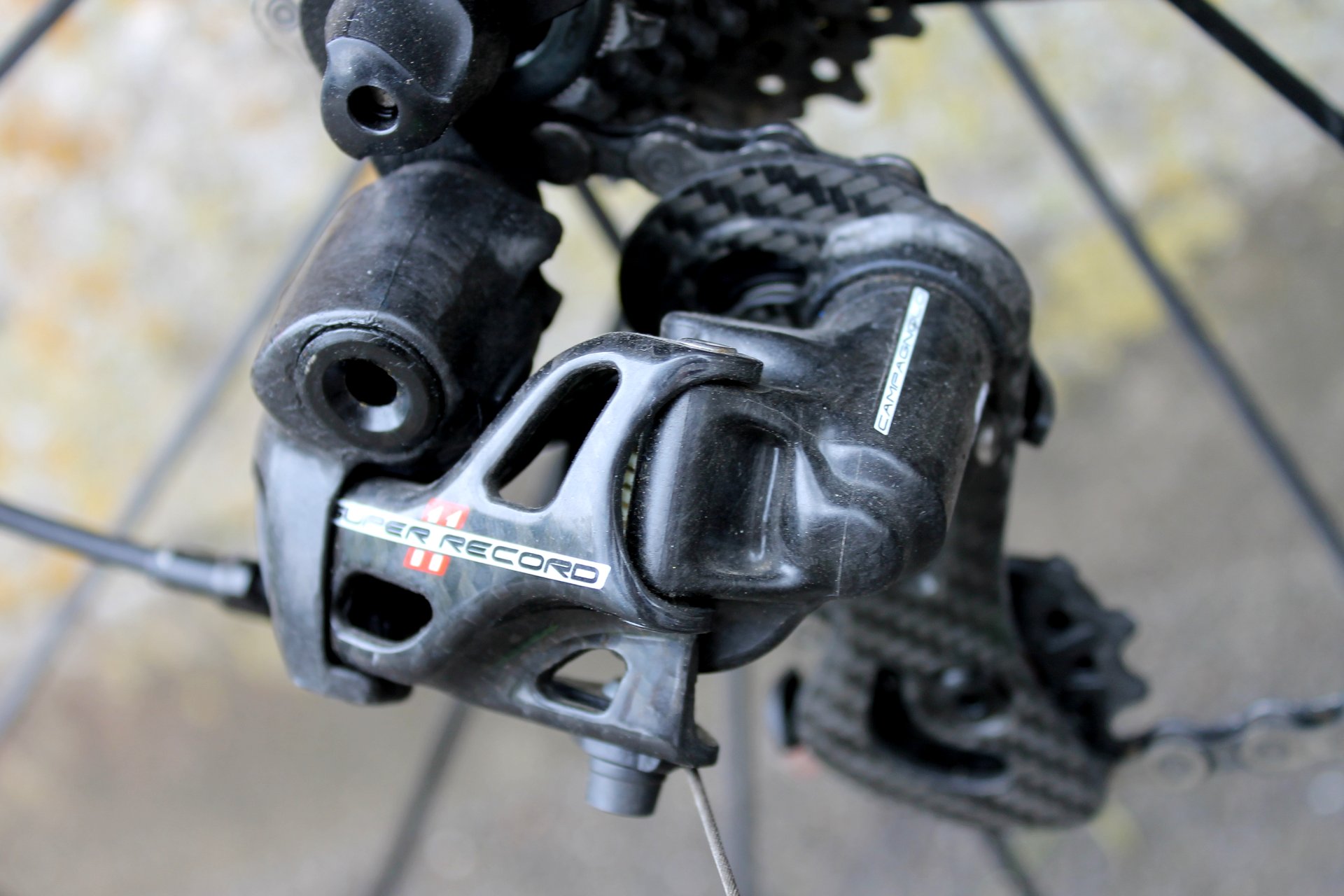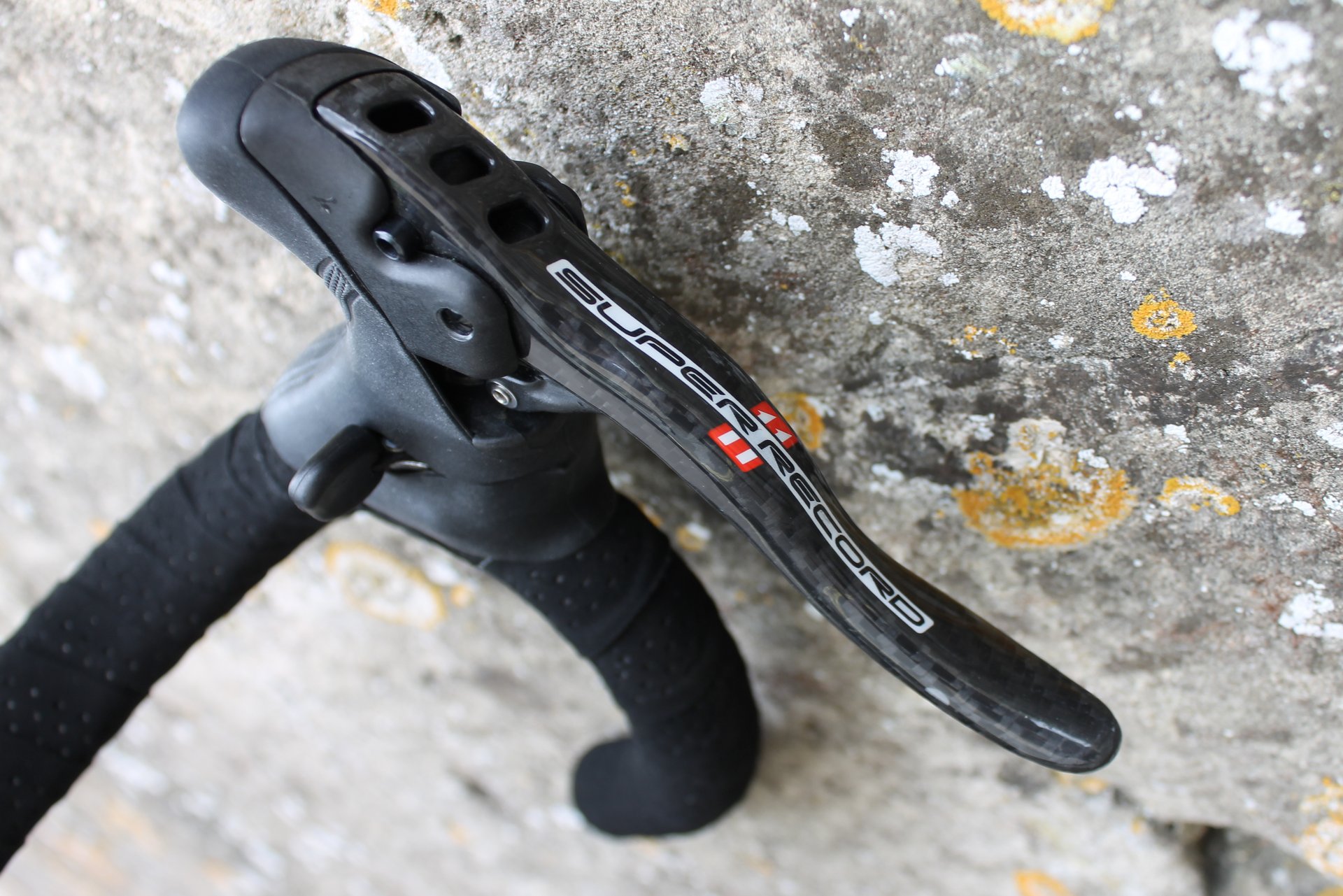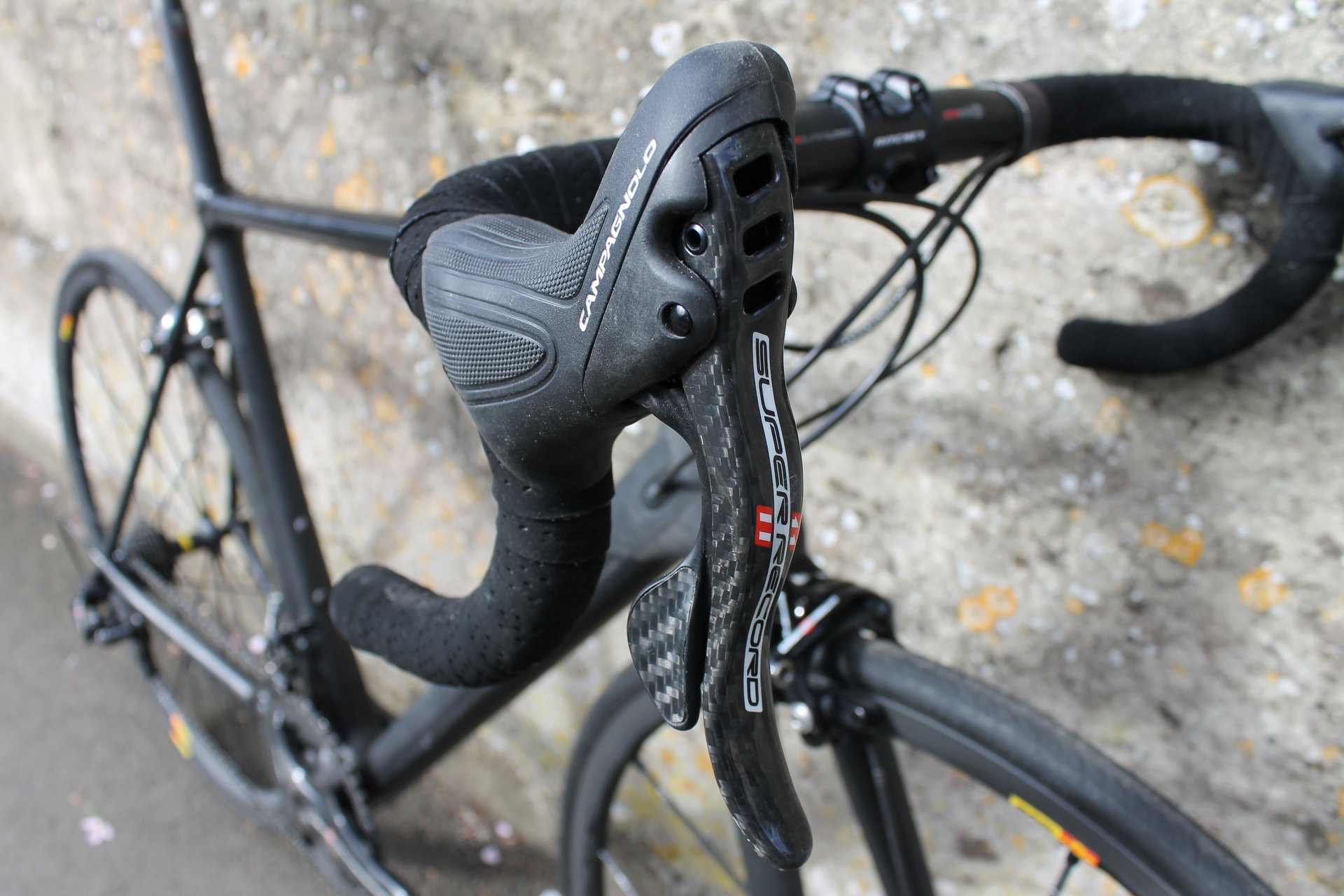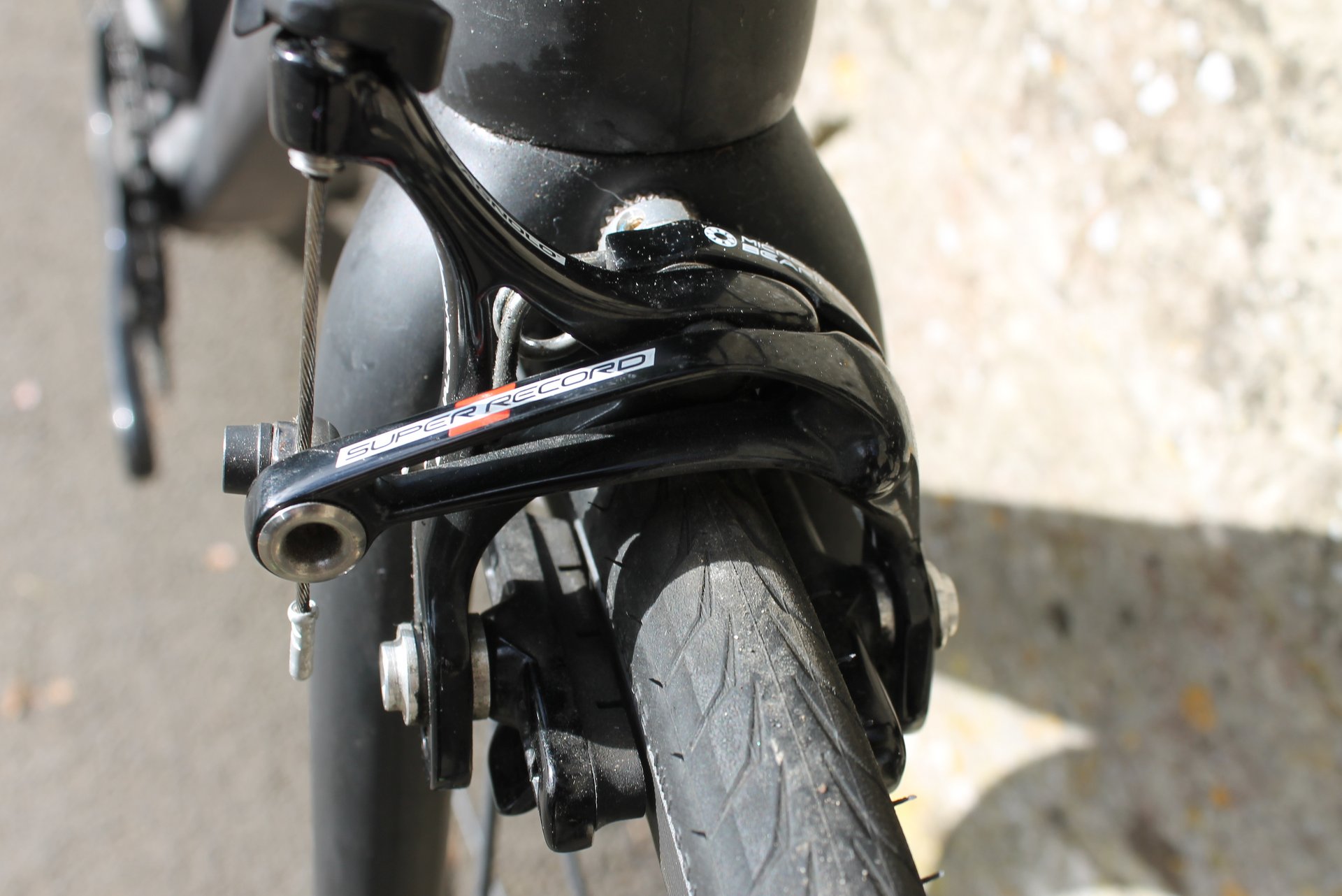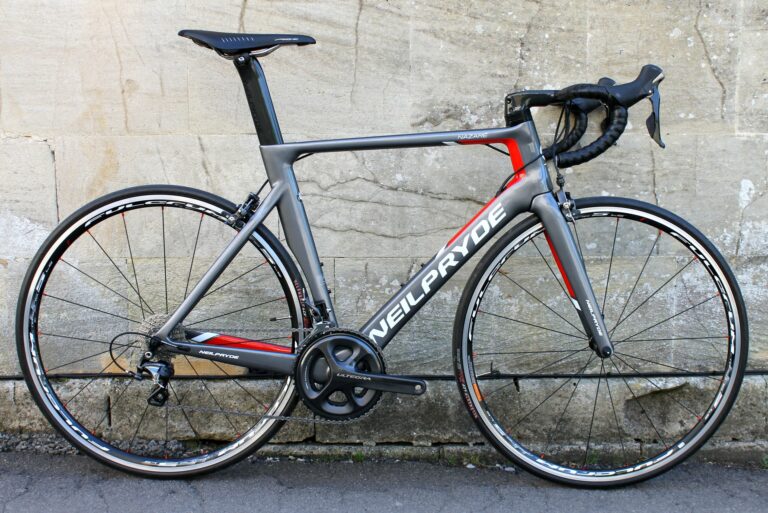The direct-to-consumer bike market has steadily become more and more popular in recent years as riders are enticed by the great value that comes from brands that cut out the middle men (i.e. the distributor and bike shop).
Whatever you think of the perceived threat to the traditional bike sales model, it’s brought us some top bikes that can rival the biggest brands – you only need to check out the likes of the Canyon Endurace and Ribble R872, which we featured in the RCUK 100, to see some great examples.
Rose follow a similar model from their base in Germany, with a website that allows you to pick from its range of framesets and – unlike Canyon, but in a similar way to Ribble – customise the build with a comprehensive (and sometimes bewildering) array of components.
The bikes are split into five categories: race, aero, marathon, gravel and ladies, so there’s no doubt Rose have most corners of the road market covered.
